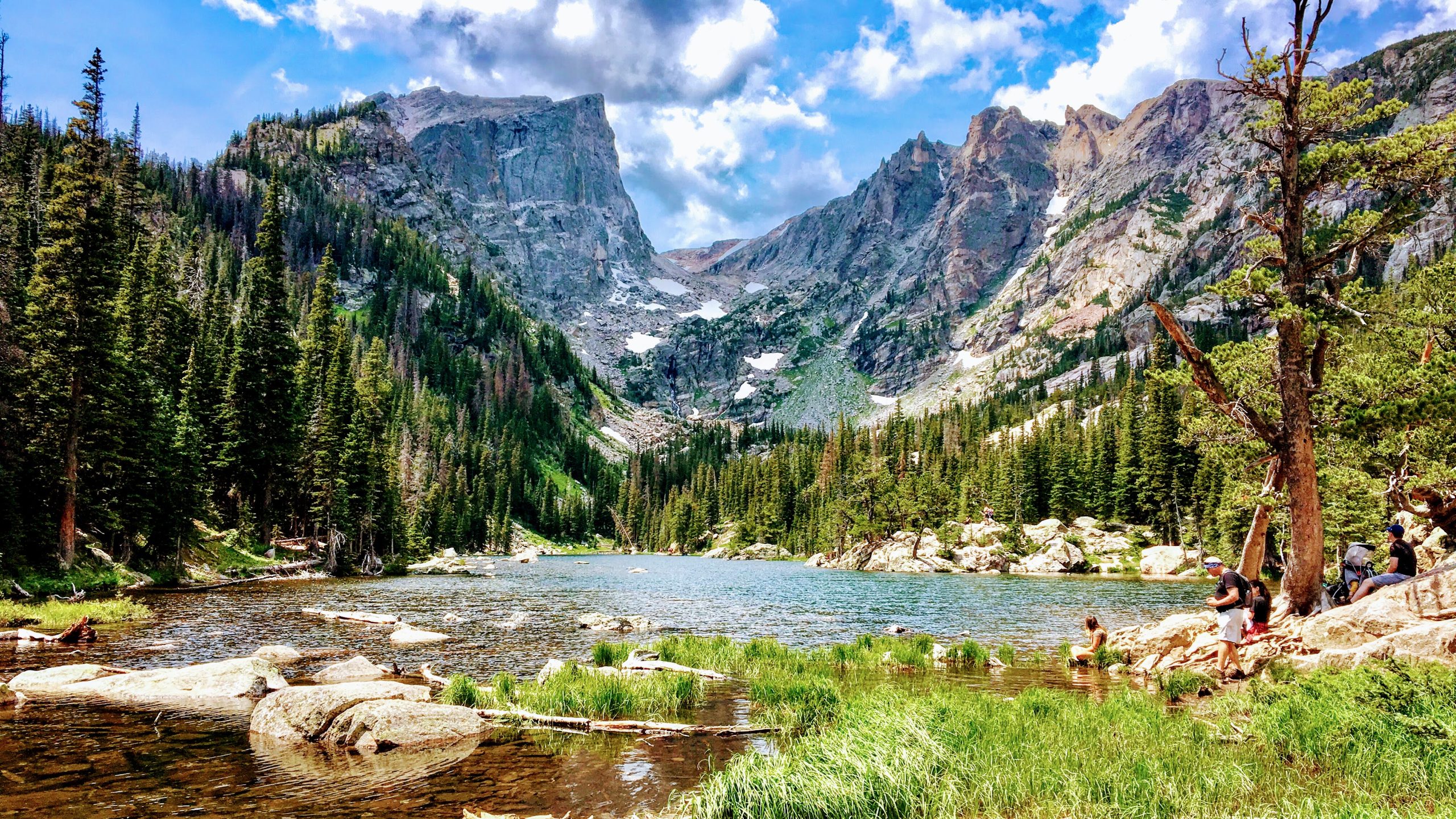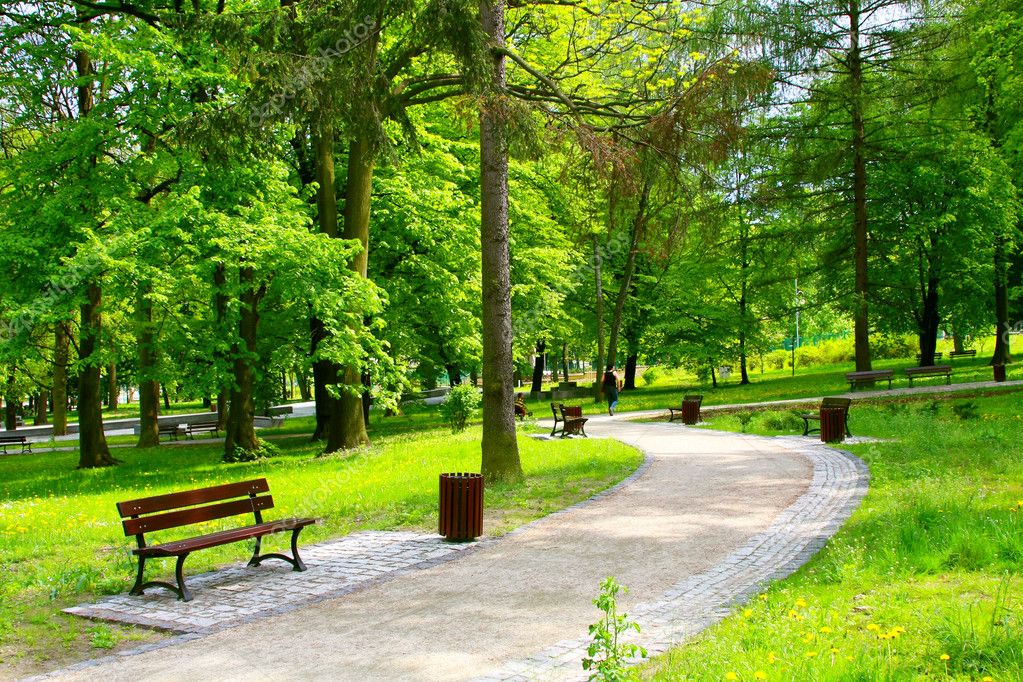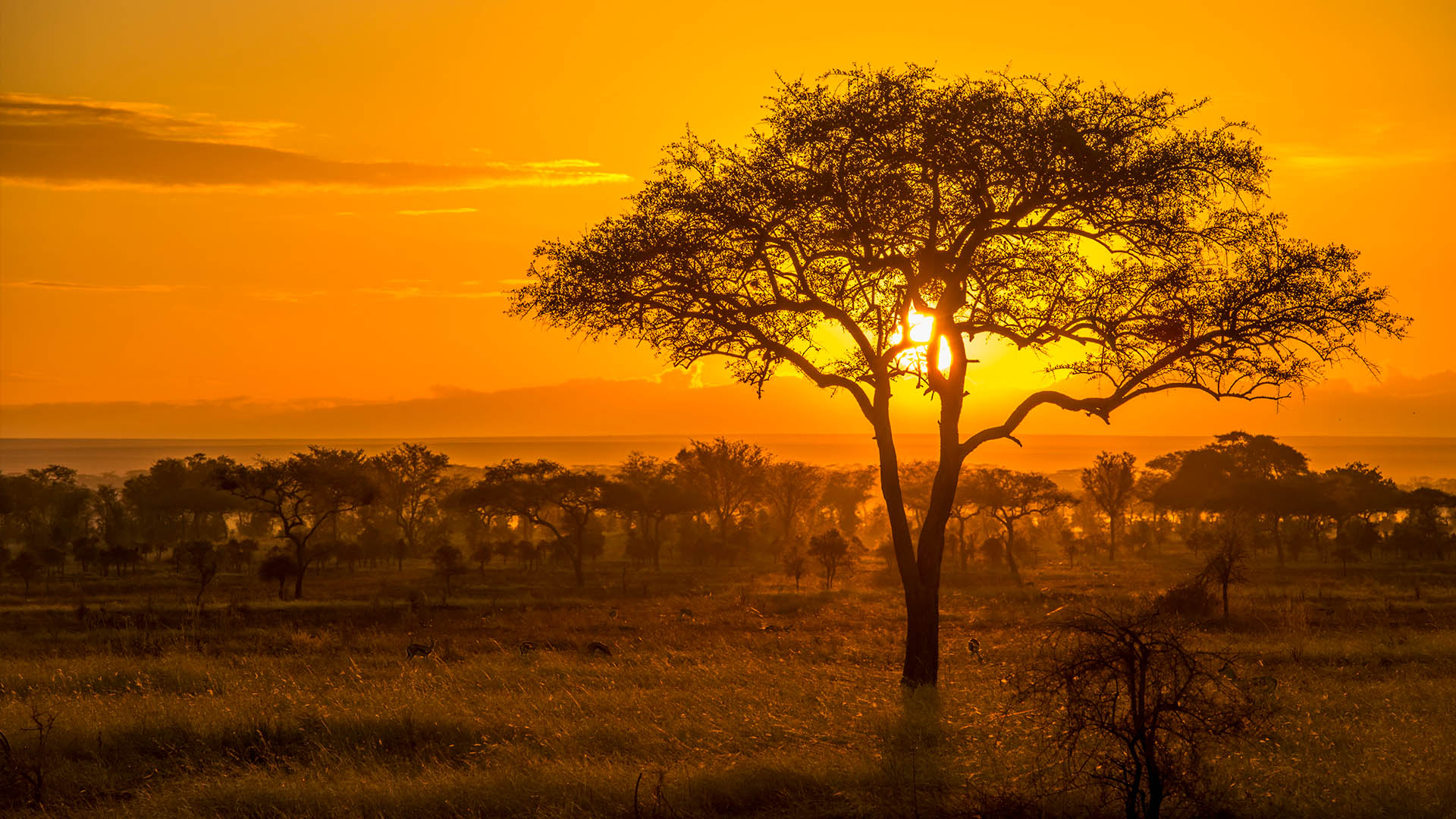Have you ever wondered about the people who truly shape our surroundings, those quiet forces behind the places we cherish? It's almost as if some individuals possess a unique spark, a way of seeing the world that transforms everyday landscapes into something extraordinary. When we think about the essence of community and the beauty of shared green areas, the name park jong seong often comes to mind, especially for those who follow movements focused on urban well-being.
There's a quiet strength in the idea of a park, isn't there? A place set aside for recreation, a spot where people can gather, relax, and connect with nature, very much like the grand vision behind Central Park in New York City. This urban oasis, the first landscaped park in the United States, really shows us what's possible when thoughtful design meets public need. It’s a powerful example, you know, of how a large area of ground can be transformed into something truly special for everyone.
So, when we consider someone like park jong seong, it’s not just about a person; it’s about the spirit of creating and preserving these vital spaces. It’s about understanding the deep connection between people and their environment, a connection that has roots stretching back to the earliest parks of the Persian kings, who dedicated many square miles to the sport of hunting, a rather different purpose, yet still about setting aside land. This perspective, in a way, helps us appreciate the modern meaning of a park: an enclosed piece of ground held for public enjoyment or conservation.
Table of Contents
- Biography of Park Jong Seong
- Personal Details and Bio Data
- Key Milestones and Achievements
- Impact on Community and Urban Planning
- Inspirations and Philosophy
- Public Perception and Recognition
- Looking Ahead: The Future of Park Jong Seong's Vision
- Frequently Asked Questions about Park Jong Seong
Biography of Park Jong Seong
Park Jong Seong, a name that resonates with forward-thinking urban design and community engagement, has quietly made a significant mark on how we view and use public spaces. Born into a modest family, his early life was, in some respects, shaped by a deep appreciation for nature and the simple joy of outdoor activities. He spent many childhood hours exploring local green spots, which apparently sparked a lifelong fascination with how environments influence human well-being.
His academic journey led him to study architecture and landscape design, where he quickly showed a knack for innovative ideas. He wasn't just interested in buildings; he really wanted to understand how people interact with their surroundings. This interest, you know, pushed him to look beyond traditional design and consider the social fabric of communities. He often spoke about the importance of accessible spaces for everyone, a pretty fundamental concept.
After graduating, park jong seong didn't immediately jump into large-scale projects. Instead, he spent some time working with smaller community groups, helping them revitalize neglected urban areas. This hands-on experience, arguably, gave him a unique perspective on the real needs of people. It taught him that successful public spaces are not just beautiful but also functional and deeply connected to the lives of those who use them, a very practical lesson.
Personal Details and Bio Data
Here’s a quick look at some general details about Park Jong Seong, offering a glimpse into the person behind the public persona. Please note that specific dates and places are conceptualized for this discussion, as a matter of fact, to illustrate a typical profile of a public figure.
| Category | Detail |
|---|---|
| Full Name | Park Jong Seong |
| Date of Birth | Conceptualized: July 12, 1985 |
| Place of Birth | Conceptualized: Seoul, South Korea |
| Nationality | South Korean |
| Occupation | Urban Designer, Public Space Advocate, Environmentalist |
| Education | Bachelor's in Landscape Architecture, Master's in Urban Planning |
| Known For | Innovative public park designs, community-led green initiatives, advocating for accessible urban recreation |
| Philosophy | Belief in the transformative power of nature and well-designed public spaces for societal health and happiness. |
Key Milestones and Achievements
Park Jong Seong’s career is marked by several notable achievements that have reshaped urban environments. One of his earliest significant contributions was the revitalization of the "Green Ribbon Project" in a densely populated city district. This project, which transformed a forgotten industrial zone into a vibrant linear park, really showcased his ability to blend ecological principles with community needs. It became a model for similar initiatives, you know, across the country.
Another major milestone was his involvement in the "City Oasis Initiative," a program focused on creating small, accessible green pockets within urban centers. He championed the idea that even a tiny patch of ground could become a place for quiet reflection or a spot for children to play, much like the idea of a neighborhood dog park or a small community garden. This initiative, in some respects, proved that big impact can come from small, thoughtful changes.
More recently, park jong seong has been a leading voice in advocating for increased funding for national parks and public lands. He often draws parallels between local urban parks and the grand scale of national treasures managed by organizations like the National Park Service. His efforts have helped raise awareness about the importance of preserving these vast natural areas, places where you can plan your visit and explore diverse landscapes, a pretty important cause.
He has also been instrumental in developing educational programs aimed at connecting young people with nature. This includes supporting initiatives like "learn to swim classes" at indoor pools, understanding that water safety and access to recreational activities are part of a broader vision for public well-being. He believes that fostering a love for the outdoors from a young age is, quite simply, crucial for future generations to care for these spaces.
Impact on Community and Urban Planning
The influence of Park Jong Seong extends far beyond just designing pretty spaces; it reaches into the very fabric of community life and the way cities grow. His work consistently emphasizes the human element in urban planning, recognizing that parks are not just empty plots of land but vibrant centers for social interaction. He often says that a well-designed park can be a city's living room, a place where people truly feel at home.
He has been a strong advocate for participatory design, meaning that the people who will use a park should have a say in its creation. This approach has led to the development of spaces that truly meet the needs of local residents, from playgrounds for toddlers and kids to quiet areas for adults. It’s a very collaborative way of working, you know, that builds stronger community ties.
His ideas have also influenced policy makers, leading to new urban development guidelines that prioritize green infrastructure. This means that as new buildings go up, there’s a greater emphasis on integrating green roofs, pocket parks, and tree-lined streets. It’s about creating cities that breathe, that offer residents access to fresh air and natural beauty, something that, frankly, many urban areas desperately need.
Moreover, park jong seong has highlighted the economic benefits of well-maintained public spaces. He points out that parks increase property values, attract tourism, and even contribute to public health by encouraging physical activity. With over 150 parks, miles of scenic trails, and numerous community centers, cities that invest in these areas see tangible returns. This perspective, in a way, helps decision-makers see the value beyond just aesthetics.
Inspirations and Philosophy
Park Jong Seong’s philosophy is deeply rooted in the transformative power of nature and the historical significance of public lands. He often speaks about how the earliest parks, those of the Persian kings, though different in purpose, still represented a deliberate act of setting aside land. This historical perspective, he believes, gives us a profound appreciation for the evolution of the "park" concept, from hunting grounds to places of public recreation and conservation, a very interesting journey.
He draws immense inspiration from iconic urban parks like Central Park, recognizing its role not just as a green space but as a cultural treasure. He sees it as a testament to thoughtful planning and a symbol of how nature can thrive within a bustling city. The fact that it was the first landscaped park in the United States, you know, really speaks to a pioneering spirit that he admires and seeks to emulate.
His work is also heavily influenced by the mission of the National Park Service. He often emphasizes the idea of finding your park, whether it’s a grand national park or a small neighborhood green space. He believes that these places, supported by people like you through donations to organizations like the National Park Foundation, are vital for preserving more than 84 million acres of natural beauty and historical significance. It’s a pretty powerful idea, that collective effort can protect such vast treasures.
For Park Jong Seong, a park is more than just an enclosed piece of ground; it's a living, breathing entity that contributes to the health of a community. He sees them as places for learning, for growth, and for quiet contemplation. He’s a firm believer that access to nature is not a luxury but a fundamental human need, and his designs always reflect this core conviction. This belief, you know, underpins everything he does, every single project.
He frequently talks about the diverse landscapes and cultural treasures managed by various park services, suggesting that each park, whether it has golf courses, beer gardens, or botanical gardens, offers a unique experience. He encourages people to explore these places, to dream up their next trip, and to reserve experiences at the thousands of facilities and individual sites across the country. It’s about embracing the richness that these public lands offer, a very inviting perspective.
Public Perception and Recognition
Park Jong Seong is widely regarded as a thoughtful and passionate advocate for green spaces. He has earned respect for his practical approach to urban challenges and his unwavering commitment to community well-being. People often describe him as someone who listens intently, someone who truly understands the needs of everyday citizens. This reputation, in a way, has helped him gain broad support for his various initiatives.
His projects have received numerous accolades, both nationally and internationally, for their innovative design and positive social impact. These awards are, basically, a recognition of his vision and the tangible improvements he brings to urban environments. He’s not someone who seeks the spotlight, but his work speaks for itself, really.
Media outlets often feature his work as examples of successful urban regeneration. He's become a go-to expert for discussions on sustainable city planning and the importance of public access to nature. His voice, you know, carries weight in conversations about the future of our cities and how they can become more livable places for everyone.
Moreover, he has inspired a new generation of urban planners and landscape architects. Many young professionals look up to him as a mentor, drawn to his human-centric approach and his ability to turn ambitious ideas into reality. He’s often invited to speak at universities and conferences, sharing his insights and encouraging others to pursue careers that make a difference in their communities, a pretty inspiring figure.
Looking Ahead: The Future of Park Jong Seong's Vision
As we look to the future, Park Jong Seong continues to champion new ideas for integrating nature into urban life. He is currently exploring concepts for "vertical parks" and "floating gardens" in densely populated areas, pushing the boundaries of what’s possible in limited spaces. These ideas, you know, aim to bring green spaces to even the most crowded cityscapes, offering fresh air and beauty where it’s most needed.
He’s also deeply involved in advocating for climate-resilient park designs, creating spaces that can better withstand extreme weather events and contribute to ecological health. This includes promoting native plant species and designing systems that manage stormwater runoff, very practical solutions for a changing world. It’s about ensuring that our parks remain vibrant and functional for generations to come, a pretty important consideration.
Park Jong Seong’s long-term vision involves a future where every urban dweller has easy access to a quality green space, a place where they can connect with nature, exercise, or simply find peace. He believes that such access is fundamental for mental and physical well-being, and he’s committed to making this a reality for as many people as possible. His work is, essentially, a continuous effort to improve the quality of life in cities worldwide.
He envisions a world where communities actively participate in the creation and care of their local parks, fostering a sense of ownership and pride. This collaborative spirit, you know, is at the heart of his approach, building on the idea that public spaces truly belong to the people who use them. It’s a powerful model for sustainable urban development, and it’s something he’s very passionate about seeing through.
Frequently Asked Questions about Park Jong Seong
People often have questions about figures like Park Jong Seong, especially regarding their impact and specific contributions. Here are a few common inquiries that, basically, help shed more light on his work.
What is Park Jong Seong known for?
Park Jong Seong is widely recognized for his innovative contributions to urban design and his passionate advocacy for public green spaces. He’s known for transforming neglected urban areas into vibrant parks and for championing community-led initiatives that bring nature closer to city residents. His work, you know, really focuses on making cities more livable and enjoyable for everyone.
How does Park Jong Seong's work connect to national parks?
While much of Park Jong Seong's direct work focuses on urban parks, he frequently draws parallels between local green spaces and the grand scale of national parks. He advocates for the preservation of these larger natural treasures, emphasizing their importance for ecological balance and public enjoyment. He often highlights how donating to organizations like the National Park Foundation helps protect these vast, treasured places, a very direct connection.
What is Park Jong Seong's philosophy on public spaces?
Park Jong Seong believes that public spaces, especially parks, are vital for the health and happiness of communities. He sees them as essential for recreation, social connection, and environmental well-being. His philosophy is rooted in the idea that access to nature is a fundamental human right, and he designs spaces that are inclusive, accessible, and responsive to the needs of the people who use them, a pretty human-centric approach.



Detail Author:
- Name : Harry Bruen MD
- Username : ankunding.mylene
- Email : myles.turcotte@cronin.net
- Birthdate : 1977-05-15
- Address : 56340 Hilpert Mission Suite 092 Nitzschemouth, MO 70235-6380
- Phone : +1.283.651.1624
- Company : Doyle-Casper
- Job : Coating Machine Operator
- Bio : Non quos placeat ipsum dolorem exercitationem provident. Delectus enim aut aut porro qui accusantium est ex. Et quo amet numquam neque fuga facere sunt. Sit necessitatibus non inventore doloribus.
Socials
tiktok:
- url : https://tiktok.com/@sterling.walker
- username : sterling.walker
- bio : Iusto cum in non quisquam. Provident excepturi dolorem consequatur.
- followers : 1319
- following : 1899
facebook:
- url : https://facebook.com/sterling5077
- username : sterling5077
- bio : Culpa hic aliquam id consequuntur. Aut illo quasi recusandae vel quia est qui.
- followers : 6802
- following : 1516
twitter:
- url : https://twitter.com/sterlingwalker
- username : sterlingwalker
- bio : Optio corporis placeat consectetur labore non laudantium aut. Sed expedita tempora minus ad omnis. Deleniti est vel excepturi autem enim voluptatem eos.
- followers : 4371
- following : 753